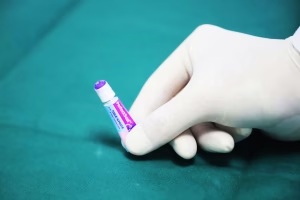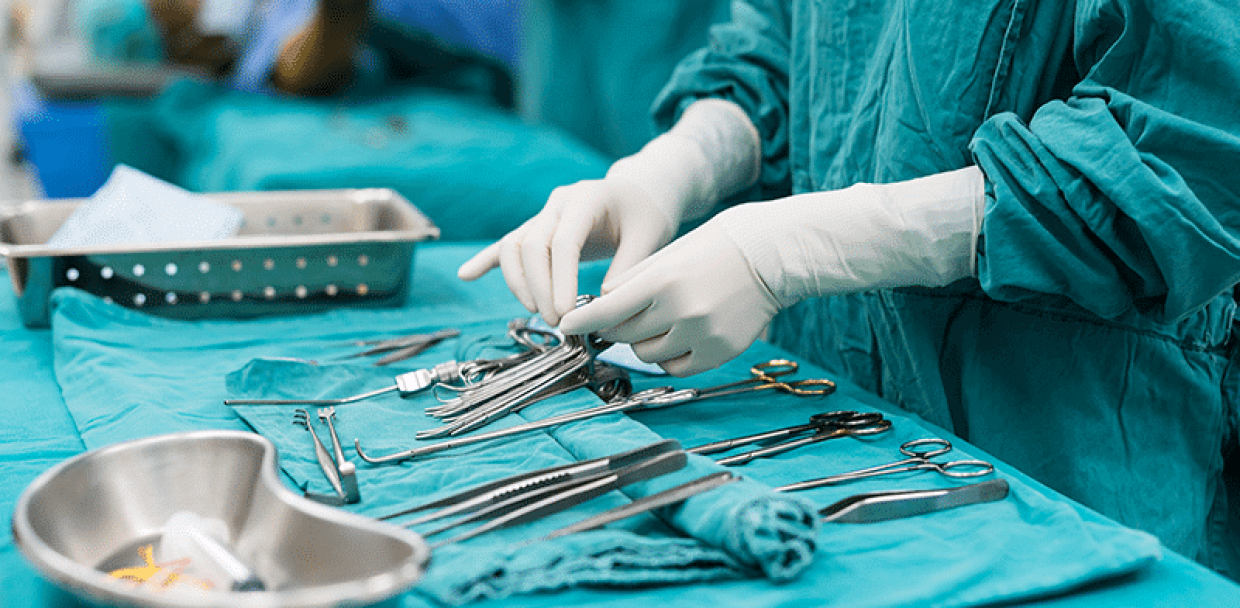

Contents
Sterilization is the foundation of infection control across all healthcare environments. Whether in a hospital, clinic, or outpatient center, understanding how to sterilize medical equipment is essential for maintaining hygiene, preventing contamination, and ensuring patient safety.
Improper sterilization can allow microorganisms to survive, leading to infection, equipment damage, or even regulatory penalties. A sound sterilization process involves cleaning, disinfecting, and sterilizing tools using heat, pressure, and specialized sterilization systems such as steam sterilizers, dry heat sterilizers, and gas sterilization units.
Healthcare professionals rely on these methods daily to keep their critical tools, semicritical tools, and noncritical tools free of contaminants and safe for reuse.
Medical equipment sterilization is the process of eliminating all forms of microorganisms, including bacteria, viruses, and spores, from medical tools and instruments. It ensures equipment used in healthcare settings remains completely safe for patient contact. Methods such as steam sterilization, dry heat sterilization, and gas sterilization are commonly used to disinfect critical and semicritical tools, ensuring compliance, hygiene, and patient safety across clinics and hospitals.
Every instrument in a healthcare facility has a different risk level, which determines how it should be sterilized:
Recognizing each category ensures the right process is used and prevents unnecessary equipment damage.
Before sterilizing, all medical supplies must be thoroughly cleaned. This step removes visible soil and organic matter that can protect microorganisms from later disinfection stages.
Products like surgical scissors, sutures, gloves, and sponges from our range should always be handled using sterile techniques during cleaning and drying.
Disinfection reduces the number of microorganisms and prepares instruments for final sterilization. Two common approaches are:
Effective disinfection ensures the sterilizer operates efficiently and that equipment surfaces are free of contaminants.
Different tools require different sterilization techniques depending on their materials and sensitivity to moisture or heat.
This is the most common and reliable method used in sterile processing departments.
Steam sterilization is best for reusable metal instruments such as scissors, blades, and forceps.
Dry heat sterilization is ideal for instruments that can corrode or dull in moisture.
It works well for surgical blades and metal tools available through our product line.
Gas sterilization uses ethylene oxide gas for heat- and moisture-sensitive instruments such as catheters or endoscopes.
Though slower, it is essential for delicate and electronic tools that cannot tolerate heat.
After sterilization, careful handling prevents recontamination:
Our sharps containers and sealed storage supplies help maintain sterility and organization.
Monitoring and recordkeeping play a vital role in ensuring that sterilization processes are performed correctly and remain compliant with healthcare regulations. Each cycle should be carefully documented, including details such as time, temperature, and pressure settings. Physical indicators on the sterilizer must be checked after every cycle, while weekly biological testing confirms the complete destruction of microorganisms.
Routine maintenance of steam sterilizers and heat exchangers should also be scheduled regularly. Maintaining accurate records not only supports quality assurance but is also essential for audits, inspections, and insurance claims.
Quality control is essential to ensure that every sterilization process consistently meets required safety standards. Healthcare teams must use biological indicators to confirm the complete destruction of microorganisms and inspect all instruments regularly for signs of corrosion or damage. Equipment such as dry heat sterilizers should be revalidated annually to verify performance accuracy.
Staff should also follow all manufacturer guidelines and document every sterilization cycle. Maintaining consistent quality assurance helps prevent errors, enhances reliability, and supports a safe, compliant healthcare environment.
Adhering to regulatory compliance keeps clinics and hospitals aligned with national health standards. Facilities should:
These steps guarantee patient safety and protect the facility from legal or financial penalties.
Preventing these mistakes preserves equipment longevity and improves clinical outcomes.
Sterilization is not just a procedure but a commitment to patient safety and operational excellence. Understanding how to sterilize medical equipment properly helps healthcare providers maintain cleanliness, reliability, and full compliance with health regulations.
At Strouden, we support these efforts with premium surgical blades, scissors, sutures, gloves, sponges, bandages, and certified steam and dry heat sterilizers. Each product meets professional healthcare standards, helping clinics, hospitals, and surgical centers uphold the highest levels of sterilization and safety.
Contact us today to equip your facility with dependable sterilization tools and supplies designed to maintain superior hygiene and long-term performance.
1. What are the methods of sterilizing medical equipment?
Common methods include steam sterilization, dry heat sterilization, gas sterilization, and chemical sterilization. Each technique uses different combinations of heat, pressure, or chemicals to destroy microorganisms, ensuring medical instruments are completely sterile and safe for patient use.
Sterilization prevents infections, cross-contamination, and disease transmission. It safeguards both patients and healthcare workers, ensures compliance with safety standards, and maintains reliability of critical and semicritical tools used during surgical procedures and medical treatments.
Staff must follow manufacturer guidelines, perform regular biological testing, maintain sterilization records, and schedule preventive maintenance for sterilizers. Consistent monitoring, documentation, and quality assurance help maintain high sterilization standards and a safe working environment.
Disinfection removes most microorganisms before sterilization. Use soap and water to clean, then apply chemical disinfectants or heat-based disinfection depending on the equipment type. Always follow manufacturer guidelines and use protective gloves during handling and processing.
The best method depends on material type. For most metal surgical instruments, steam sterilization provides effective microorganism destruction. For moisture-sensitive tools, dry heat or gas sterilization using ethylene oxide ensures safety without damaging delicate surfaces.